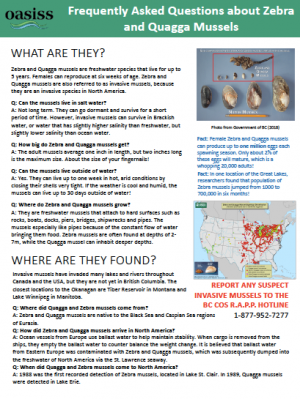Aquatic Invasive Species
Like invasive plants, aquatic invasive species are non-native and do not have natural predators to control their populations. As a result, they outcompete native species and reduce habitat quality. Aquatic invasive species have been responsible for significant devastation of some native fish species and fisheries in Canada. Water-based recreational activities such as angling, boating and diving can spread aquatic invasive species to new locations. Plants, animals, and microscopic creatures can cling to clothing, equipment and boats. If not cleaned, these species can be introduced into new bodies of water.
When it comes to aquatic invasive species, the ecological balance of our lakes and rivers is at risk, and so is our drinking water. Prevention of harmful new invasions is the first priority.
What you can do: Clean, Drain, Dry!
Aquatic Invasive Species
|
|

Photo Credit: OASISS |
Aquatic Invasive Plants https://www.oiso.ca/species-category/aquatic-plants/ Okanagan Invasive Species Online (OISO) is a collaborative, valley-wide project that shares information about invasive species specific to the region. Learn about aquatic invasive plants that threaten the Okanagan-Similkameen.
|
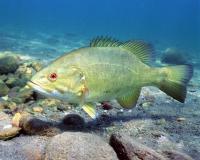
Photo Credit: U.S. Fish and Wildlife Service |
Invasive Fish https://www.oiso.ca/species-category/fish/ Okanagan Invasive Species Online (OISO) is a collaborative, valley-wide project that shares information about invasive species specific to the region. Learn about invasive fish species that threaten the Okanagan-Similkameen. |
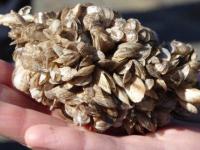
Photo Credit: L. Scott |
Zebra and Quagga Mussels https://www.oiso.ca/species/zebra-and-quagga-mussels/ Okanagan Invasive Species Online (OISO) is a collaborative, valley-wide project that shares information about invasive species specific to the region. Learn about the risk of Zebra and Quagga Mussels to the Okanagan-Similkameen. |
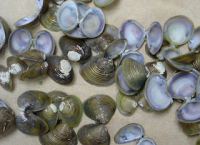
Photo Credit: Amy Benson, U.S. Geological Survey |
Other Aquatic Invasive Species https://www.oiso.ca/find-a-species/by-category/ Okanagan Invasive Species Online (OISO) is a collaborative, valley-wide project that shares information about invasive species specific to the region. Learn about other aquatic invasive species that threaten the Okanagan-Similkameen. |
ZEBRA AND QUAGGA MUSSELS
A particular invasive species of concern to the lakes of the Okanagan-Similkameen are Zebra and Quagga mussels. Originally from Eastern Europe, they are small, freshwater molluscs that can cause damage to the environment, the economy, and human health once established. In the 1980s they arrived in North America in the ballast water of ocean liners, and since then, have spread across the continent through waterways and overland on trailered boats. While they are not present in British Columbia, they are as close as Manitoba in Canada, and Montana in the U.S.A.
Zebra and Quagga Mussels can be spread between water bodies by contaminated watercraft, boat trailers, live bait wells, and even fishing gear. Adults can attach to virtually any solid surface, and young mussels are microscopic and can float in water.
If they were to establish in the valley, they would harm sensitive ecosystems, clog water intake pipes and water infrastructure, reduce water quality, and impact tourism and the local economy.
What you can do: Clean, Drain, Dry!
Report suspect invasive mussels to the B.C. Conservation Officer Service RAPP line (1-877-952-7277).
|
NATIVE MUSSELS Zebra and Quagga Mussels are commonly confused with native mussels in the Okanagan-Similkameen. Native mussels do not form clumps or attach to vertical surfaces, are far larger (>3 cm), oval or heart-shaped, and buried or partially buried in soft substrate or between cobbles. They are important species to the lakes; they filter out water pollution, are closely linked to health of fish populations, and are an important food source for many other animals. One native species of mussel, the Rocky Mountain Ridged Mussel, is currently listed as Special Concern under the Species at Risk Act (SARA) and the Committee on the Status of Endangered Wildlife in Canada (COSEWIC) has recommended it be up-listed to Endangered. To ensure the protection of these species, if you spot a native mussel in the lake, do not pick it up or disturb it. Learn how to tell the difference between native mussels and invasive mussels. |

A comparison of Zebra and Quagga Mussels to Native Mussels. Photo Credit: Government of BC |
Mussel Resources |
|
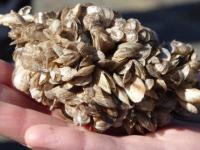
Photo Credit: L. Scott |
Invasive Zebra and Quagga Mussels https://www.oiso.ca/species/zebra-and-quagga-mussels/ Okanagan Invasive Species Online (OISO) is a collaborative, valley-wide project that shares information about invasive species specific to the region. Learn more about the risk of Zebra and Quagga Mussels. |
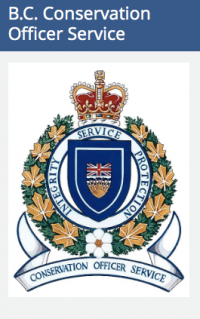
Photo Credit: Government of BC |
Bringing Your Boat to B.C. https://www2.gov.bc.ca/gov/content/invasive-mussels/bringing-your-boat-to-bc
The B.C. Conservation Officer Service has a team of specialized inspectors checking and if necessary decontaminating watercraft being transported into B.C.
This page provides information on what to do if you are bringing your boat from out-of-province. Determine if your boat is low-risk or high-risk. |
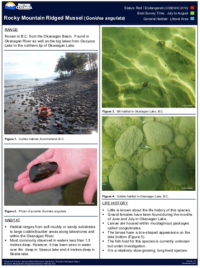
Photo Credit: Government of B.C. |
Native Rocky Mountain Ridged Mussel
|
|
|
Invasive Mussels Factsheet Prepared by OASISS
The Okanagan and Similkameen Invasive Species Society (OASISS) is a non-profit organization that prevents, detects, and manages invasive species in the Okanagan-Similkameen. This factsheet was developed by OASISS and outlines frequently asked questions about Zebra and Quagga Mussels. |



